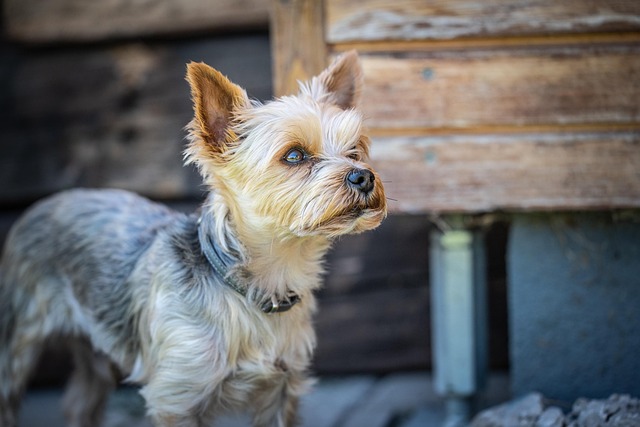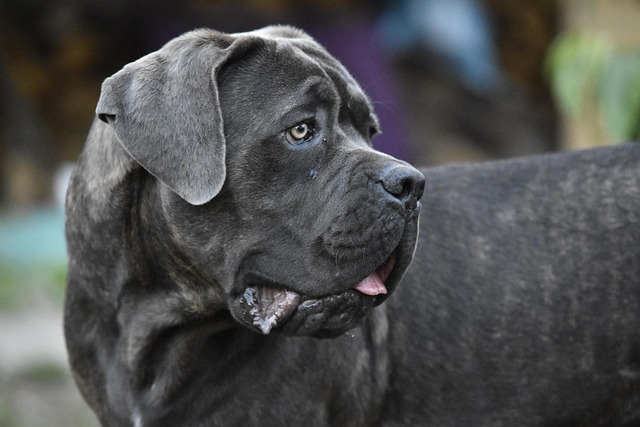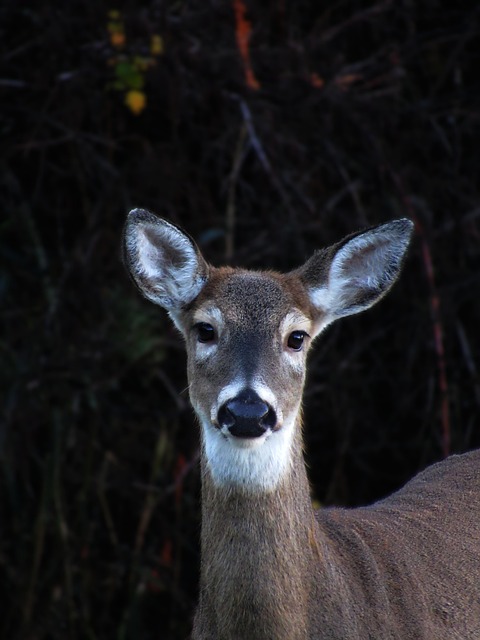A shocking discovery was made in Cattaraugus County when deputies arrested a woman reportedly with a troubling history of animal abuse after finding 27 dogs in her home. The suspect, identified as Donna Truesdale, allegedly faces multiple charges, including probation violation and unlawfully possessing animals, following a search warrant executed at her property on Thursday morning.
According to the Cattaraugus County Sheriff’s Office, Truesdale was taken into custody as deputies uncovered numerous dogs within her residence, raising serious concerns about their welfare. The sheer number of animals reportedly found suggests potential violations of animal care standards given her prior convictions.
Court records indicate that Truesdale, who reportedly has a history of animal-related offenses, was previously convicted in January 2023 in New Albion Town Court. This conviction includes four counts of aggravated cruelty to animals and three counts of failure to provide adequate food and water to animals, all of which highlight an alarming pattern of behavior.
As detailed in the Animal Abuse Registry, Truesdale is listed as having a history of misdemeanors related to animal welfare. Despite the serious charges, the Sheriff’s Office has not confirmed whether the individual arrested is indeed the same Donna Truesdale recorded on the registry. This vital information could impact public perception and safety regarding animal care practices in the area.
Truesdale has, reportedly, been remanded to the Cattaraugus County Jail following her arraignment, where she faces legal consequences for her alleged actions. Local residents and animal welfare advocates have expressed deep concern regarding the treatment of animals reportedly found in her care. The incident has sparked discussions about the effectiveness of existing animal protection laws and registry enforcement in preventing repeat offenders.
The Cattaraugus County Sheriff’s Office has remained tight-lipped about specific conditions regarding the dogs located in Truesdale’s home, leaving many unanswered questions amongst onlookers. The sheer quantity of animals raises serious concerns regarding their housing and basic needs, prompting calls for immediate action from animal rights organizations.
As this story unfolds, community members are left both shocked and troubled by the implications of Truesdale’s case. Many are advocating for stricter animal care regulations to safeguard against similar situations in the future. The case highlights an urgent need to address gaps in the system concerning individuals with histories of animal abuse.
Authorities continue to investigate the situation, and more details are expected to emerge in the coming days. For now, the fate of the 27 dogs remains uncertain as Truesdale navigates her legal challenges. As the community rallies for the animals’ welfare, they are left hopeful for swift justice and protection of vulnerable creatures in the region.










